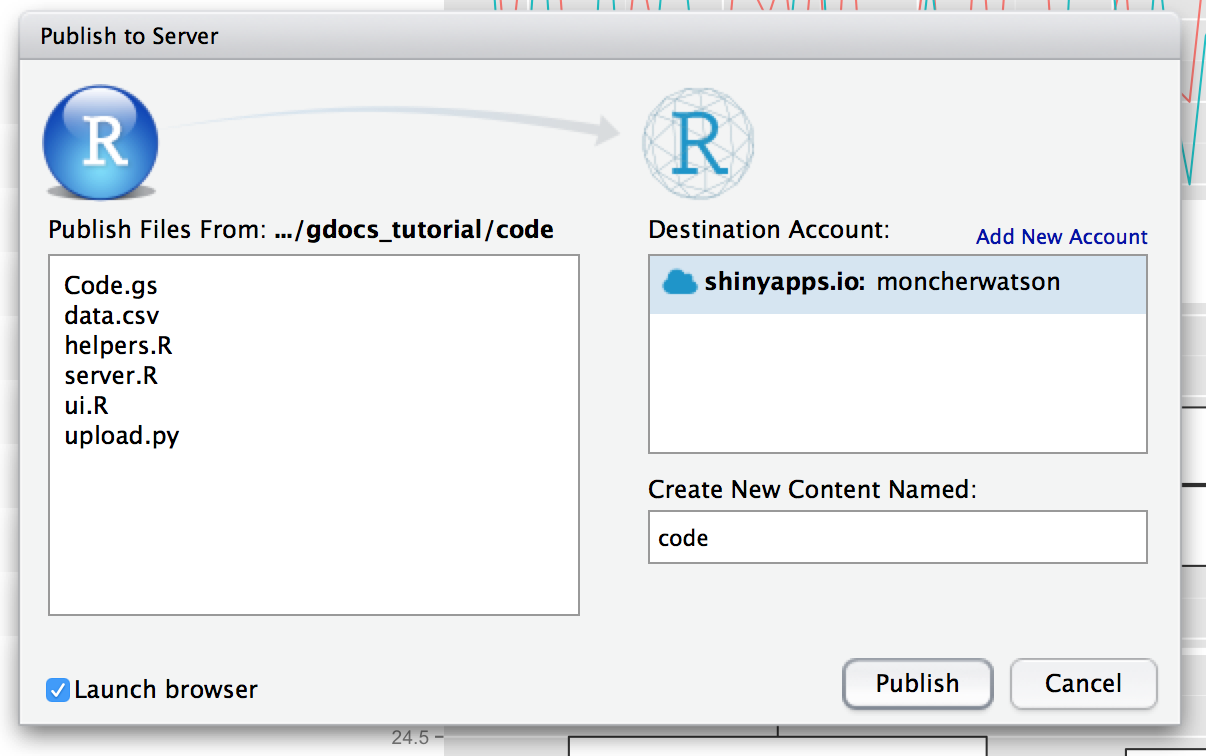

Observer priority: which observers run first.observeEvent: use observeEvent to prevent unwanted reactions.Back to functions to read reactive values: featuring observe to generate side effects and no output.Before going any further let me introduce the update* functions.Listen for changes with observe or reactive, the Shiny hearing aids.Add widgets to your user interface (text boxes, sliders etc).Layout your app using Bootstrap’s grid system manually.Additional details on package versions are at the end. In creating this post I’m using version 0.

In order to run Shiny and follow the code on this post you should make sure you have RStudio software and the shiny R package.

To help you navigate the creation of satisfying Shiny applications we’ve assembled example code below that demonstrates some of the key concepts. But when you want more control of the application functionality understanding the key concepts is challenging. In either case, Shiny can help.Ĭreating and running simple web applications is relatively easy and there are great resources for doing this. Or maybe you want your web app to run linear models, GAMs or machine learning methods on user-selected data. Perhaps you want your app to slice and dice a dataset based on user inputs. What makes a Shiny app particularly powerful is that it can execute R code on the backend so your app can perform any R calculation you can run on your desktop. Using R you create a user interface and server and Shiny compiles your code into the HTML, CSS and JavaScript needed to display your application on the web. Shiny enables you to write powerful interactive web applications entirely in R.


 0 kommentar(er)
0 kommentar(er)
